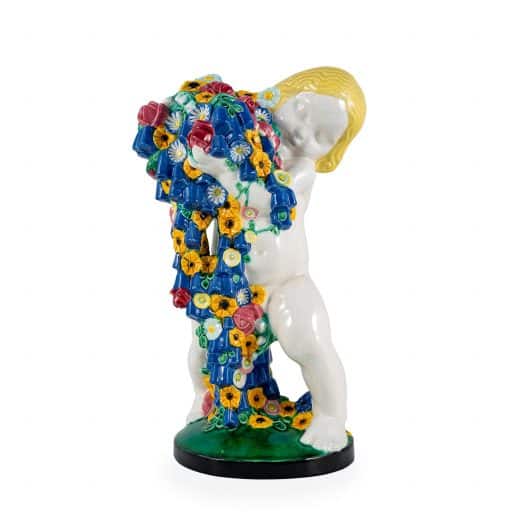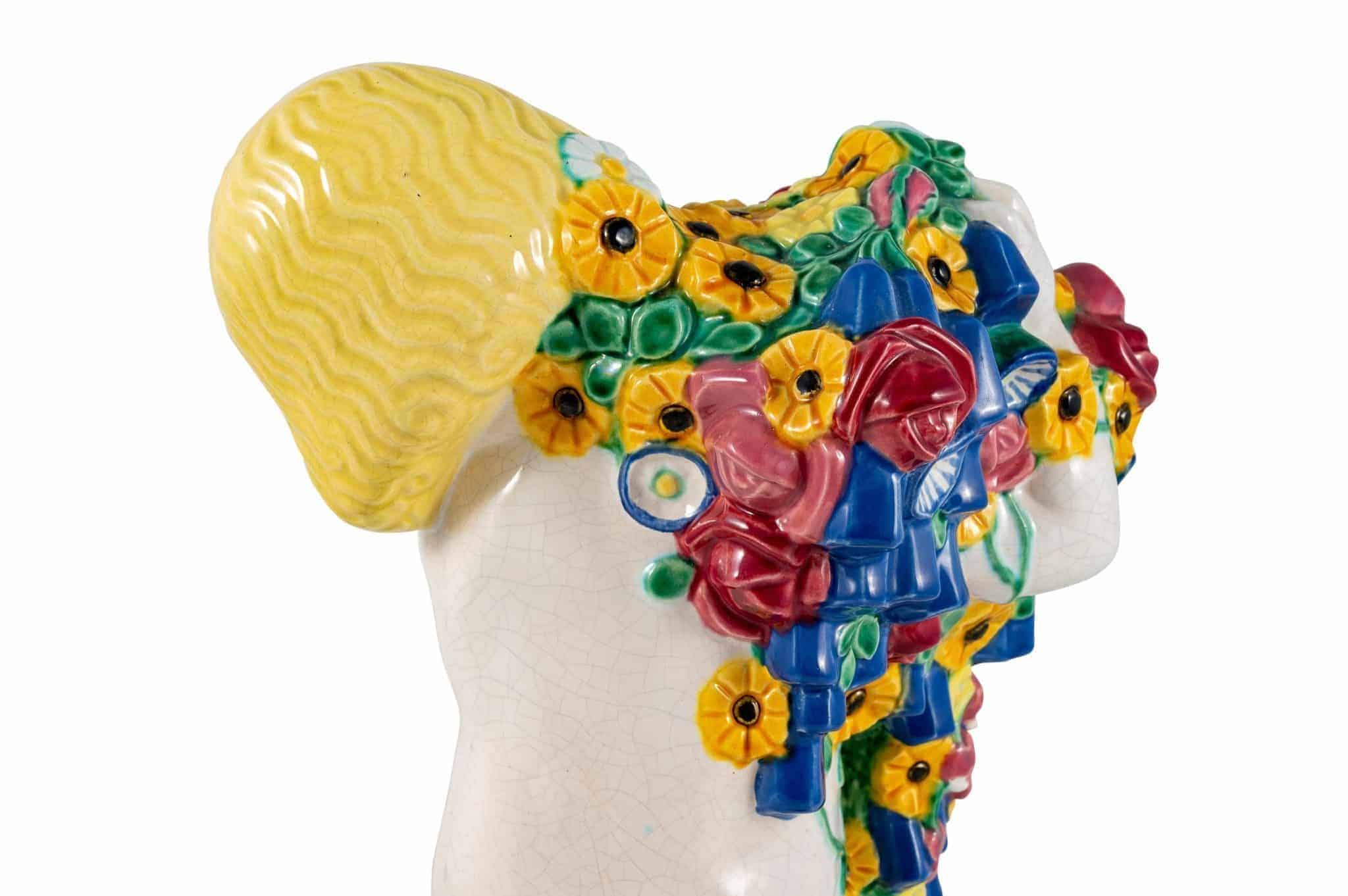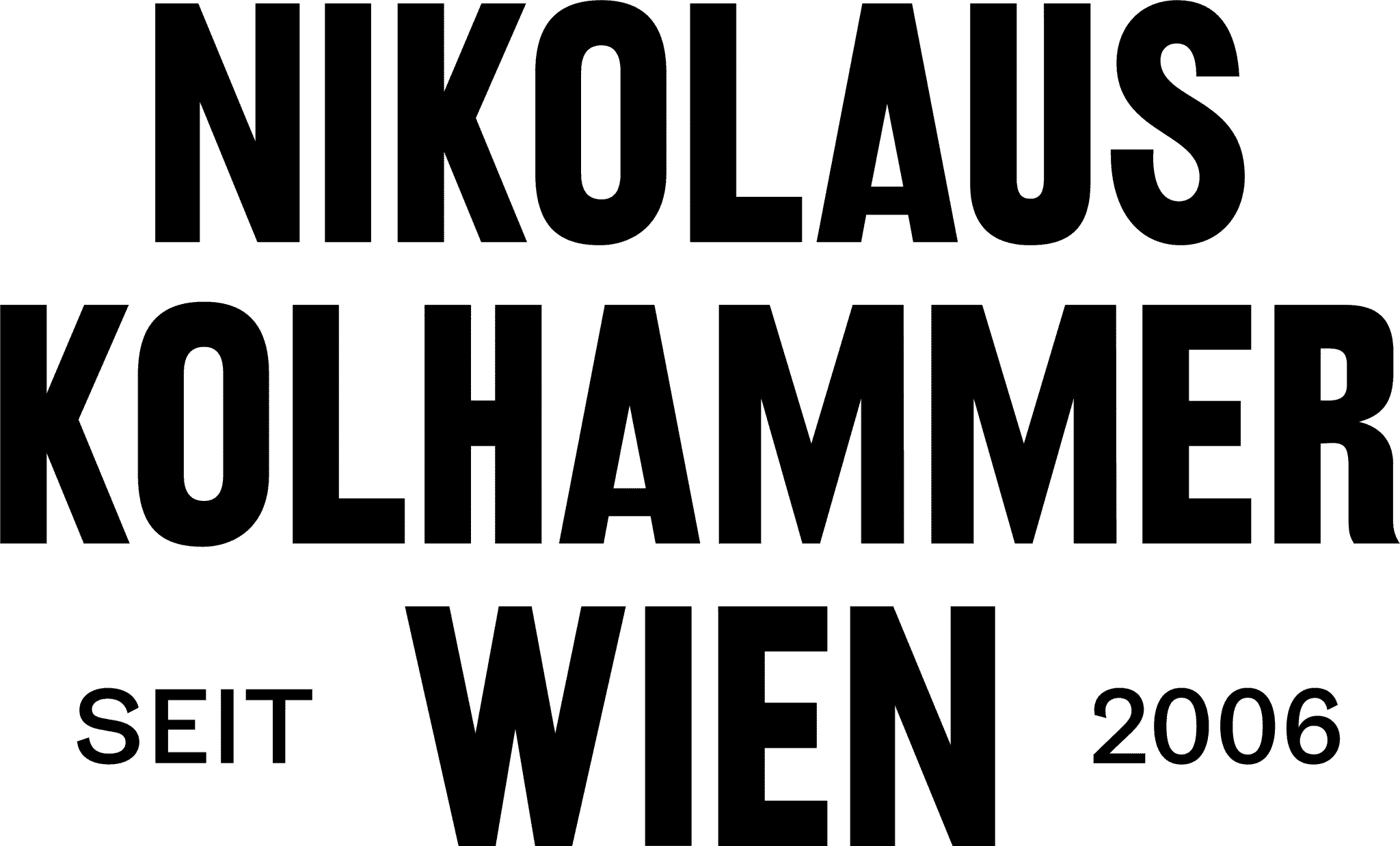Putto “Spring” Michael Powolny Gmundner Keramik ca. 1919
Ceramic Putto with flowers – “Spring”, design Michael Powolny, execution Gmundner Keramik, ca. 1919, ceramics colorfuly glazed, marked
Out of stock
Description
Michael Powolny (Judenburg 1871 – 1954 Vienna) is one of the best-known ceramic artists of the Viennese Art Nouveau and popular among Jugendstil collectors mainly for his imaginative and decorative putti. The four seasons was a topic that Powolny used time and again in his creations, either in relief-like depictions on vases and tiles or as mould in the round-sculptures like this spring putto.
With a lush floral arrangement, it stands as an allegory of spring. The floral splendor with all kinds of stylized flowers permits Powolny to make lavish use of his colorful glazes. In the well-balanced composition the characteristic bellflowers stand out in particular. A real cascade of flowers reaching to the ground is a feast for the eyes. At the same time it serves to stabilize the ceramic statuette and, with its richness of details, testifies to Powolny’s mastery of the ceramic material.
Powolny created the Four Seasons cycle in 1907. This putto was produced by the manufactory Gmunder Keramik and thus, can be dated around 1919 based on the press mark.
Artist
Michael Powolny (Judenburg 1871 – 1954 Vienna) is one of the most famous ceramic artists of the Viennese Jugendstil. After his apprenticeship as a potter, he studied at the Vienna School of Applied Arts, where he also taught later on. He soon became a part of the inner circle of the Viennese Secessionists and was involved in the designing of important “Gesamtkunstwerke” (total works of art) in the spirit of the Wiener Werkstätte; for example, the legendary Cabaret Fledermaus in Vienna or the Palais Stoclet in Brussels. In 1905, together with Berthold Löffler, he founded the "Wiener Keramik", whose products were distributed by the Wiener Werkstätte. In 1912, the “Wiener Keramik” merged into the "Vereinigte Wiener und Gmundner Keramik", which continued to produce designs by Powolny and Löffler. Many of Powolny's large-format designs were also produced by the Wienerberger company from around 1914 onwards (sculptures, tiled stoves, architectural elements). In the decorative arts of Jugendstil, the name Powolny is associated in particular with the Secessionist figurines (Schöne Helene) and the popular seasonal putti. With his childlike, cheerful putti, Powolny had a decisive influence on the aesthetics of decorative sculptures of Viennese Jugendstil. Powolny also designed large figural ceramics, namely for the Stoclet Palace or the Dianabad. As a designer, Powolny also created glass objects, for example for the glassworks Johann Loetz Witwe or the traditional Viennese company J. & L. Lobmeyr. Today, Powolny’s imaginative and decorative sculptures as well as glass objects can be found in Jugendstil collections of important museums of applied arts, such as the MAK in Vienna.
Inquiry
By submitting the inquiry form, you agree to the use of your data for this inquiry. Privacy Policy


















